Ruth Kaplan & Claudia Fährenkemper Body/Armour

The exhibition Body/Armour juxtaposes the work of two photographers who have, respectively, explored the disparate subjects of exoskeletons and the ritual of bathing. Presented together for the first time, photographs by Claudia Fährenkemper and Ruth Kaplan each highlight unexpected aspects of the other’s work. Kaplan’s human subjects appear more vulnerable when contrasted with the protective plant, insect, and human-made casings featured in Fährenkemper’s images, while those second skins remind the viewer of the extent to which people will seek self-preservation.
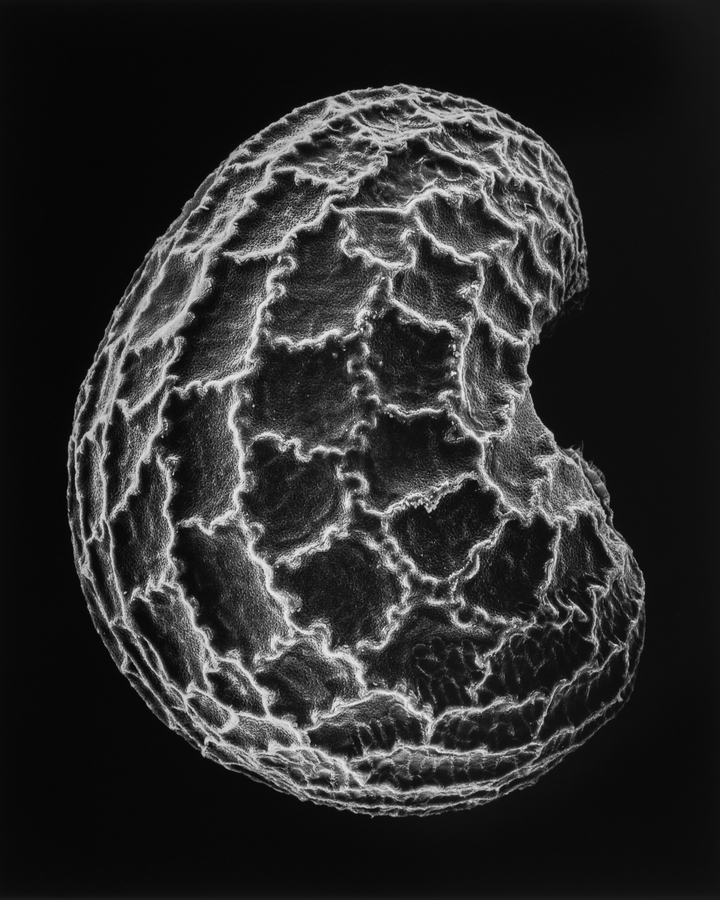
During the late 1980s, German photographer Claudia Fährenkemper photographed in the deserts of the American West, creating impressive studies of the earth’s surface. She later found a similar variety of shapes in the rocks, canyons, and deserts of Germany’s vast landscapes of open-cast lignite mines—mines created using huge machines that cut through and remove the earth’s surface to extract the coal beneath. Fährenkemper documented these same machines in great detail with a large-format camera in her series Fördergeräte im Braunkohletagebau (1990–91). Comparing two of these images—one depicting a massive shovel wheel with human workers as a point of reference for scale, and the other, a micro-turbine, a piece of machinery as small as a grain of dust, which employs an insect as a scale reference—sparked the creation of a new cosmos of works.
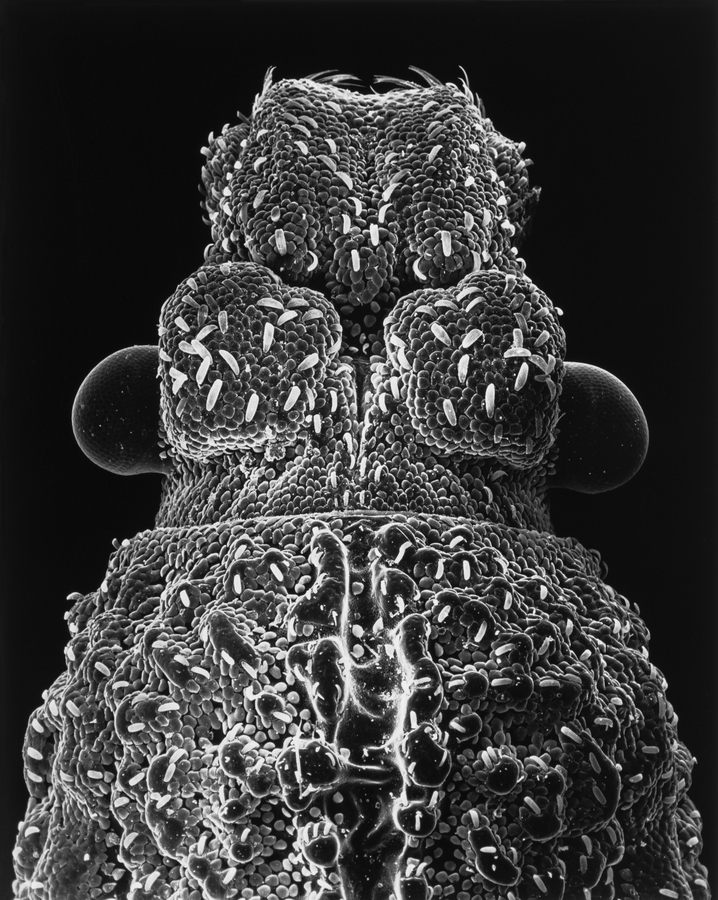
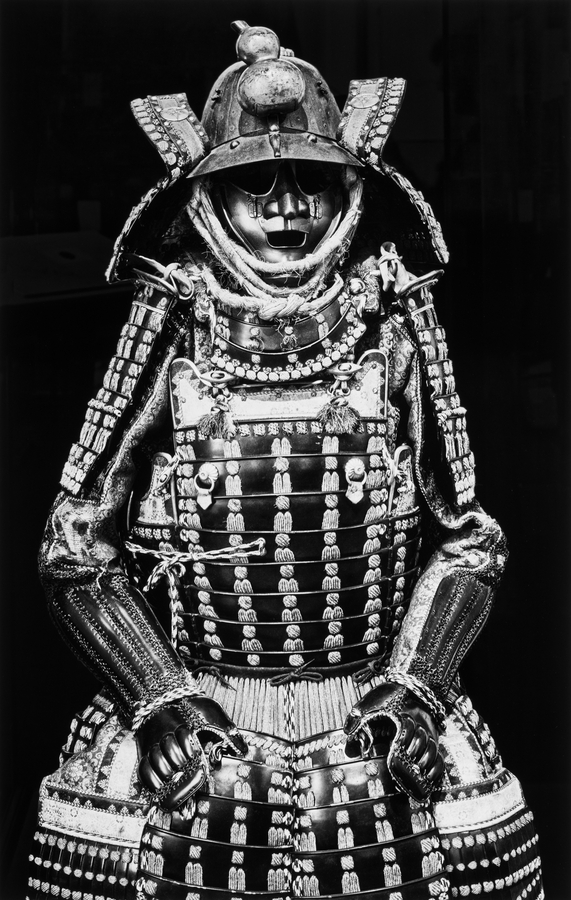
Over the next ten years, Fährenkemper used a scanning electron microscope to create her various microphotographic series exploring the structures of the smallest things at magnifications of 25x to 3000x. The images present insects’ heads and plants’ seeds in an ancestral gallery of the microcosm, in which the diversity and individuality of these small life forms, protected by shells and capsules, becomes recognizable. The natural shells form counterparts to the magnificent European suits of armour that Fährenkemper brings to life in her black-and-white “portraits.” After several years of photographing such items in various museums’ collections, she became fascinated by the cultural heritage embedded in the armour worn by the Japanese Samurai, armour which she portrays using a large-format camera, in order to capture the items’ unique materiality and detail.
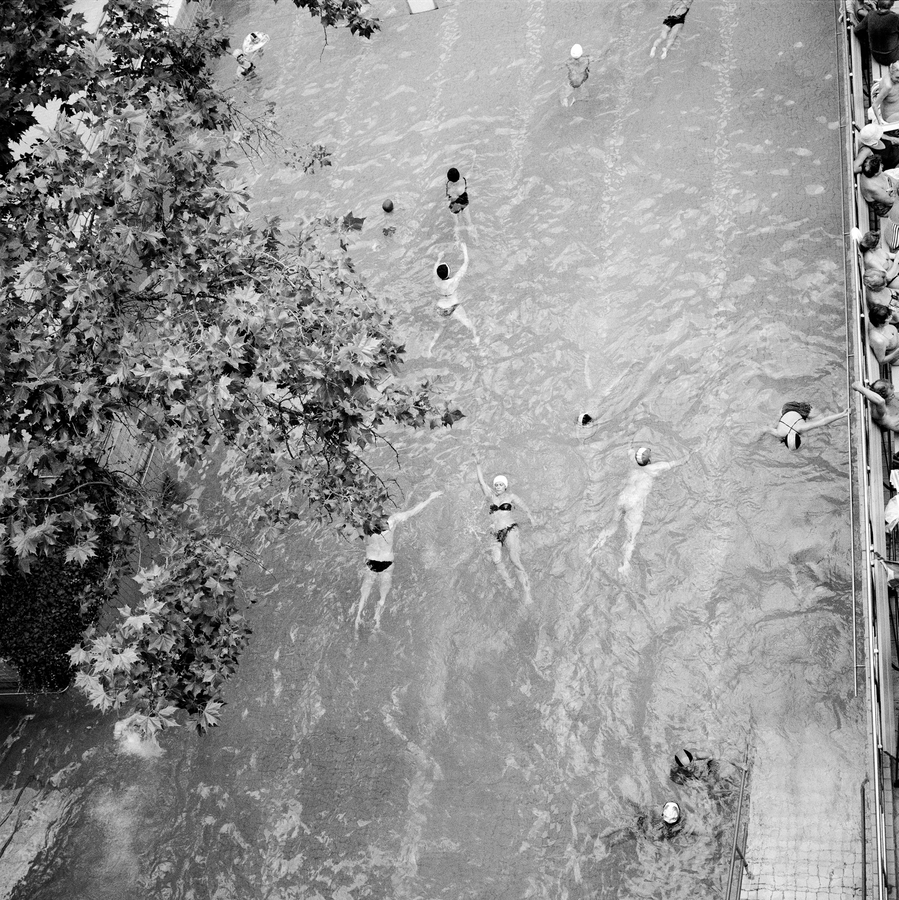
Canadian documentary-based photographer Ruth Kaplan’s photographic journey began in the nudist hot springs of California in 1991. By participating in the baths herself, Kaplan gradually became accepted by and was able to make photographs of her fellow bathers, occupying the dual role of participant and voyeur. From California she travelled to Eastern Europe, seeking more traditional forms of the ages-old practice in the spa towns of the Czech Republic, Slovakia, Poland, Hungary, and Romania. The candid display of widely varying body types and people of all ages became a major component of the work, as did her framing of the scenes, featuring the decaying architecture of the baths’ sometimes ancient interiors.
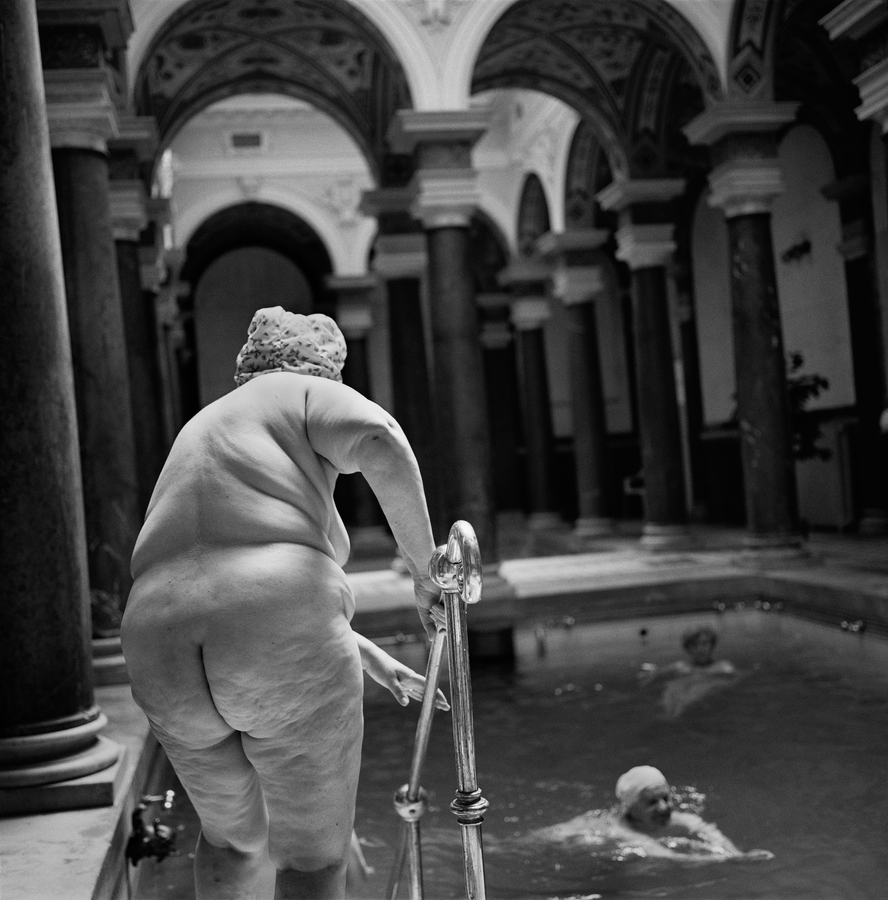
Kaplan later travelled to more modern spas in Germany, France, Italy, and Denmark, completing this long-term series in 2002 in the hammams of Morocco and the hot springs of Iceland—hedonism, sensuality, innocence, and social bonding are some of the underlying themes that emerge throughout the project. Made using a medium-format camera, Kaplan’s compositions position the baths as theatrical backdrops within which human behaviour is explored, as expressed through the body.
Both artists’ series convey a fascinating, shared duality—in the bathing ritual itself and in Kaplan’s sympathetic documentation of it, and in Fahrenkemper’s detailed micro and macro worlds—each image oscillates between a deeply grounded physicality and an ethereal state of transcendence.
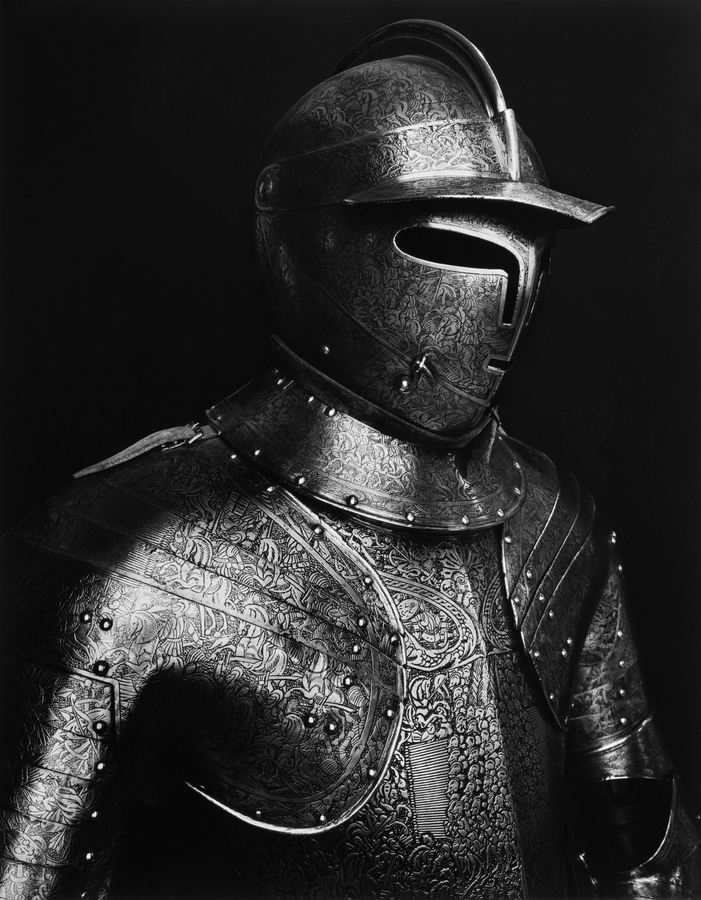
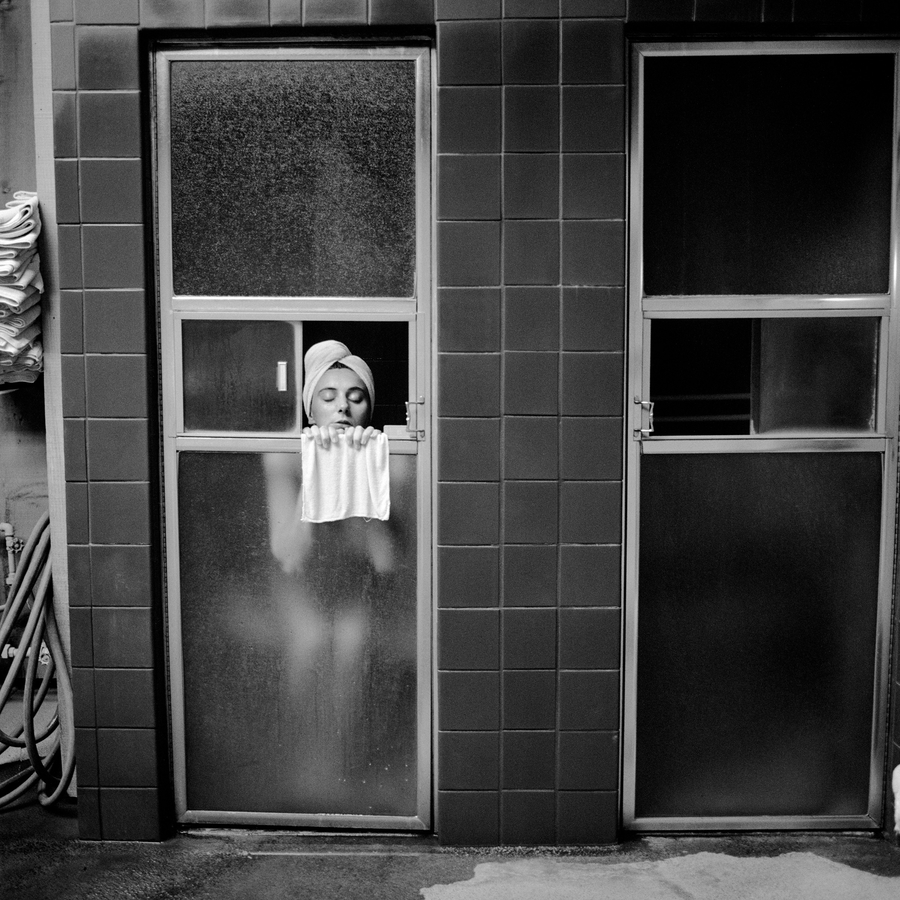
Curated by Stephen Bulger and Shin Sugino
Presented by Stephen Bulger Gallery in partnership with the Japanese Canadian Cultural Centre, Toronto. The JCCC Gallery is a space committed to multi-disciplinary programming encompassing visual arts, design, performing arts, and literature.